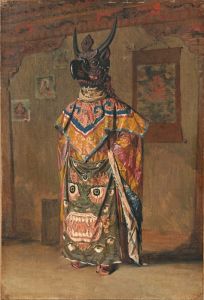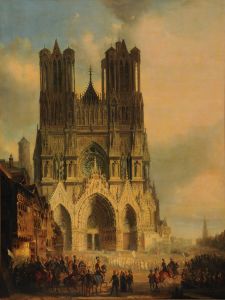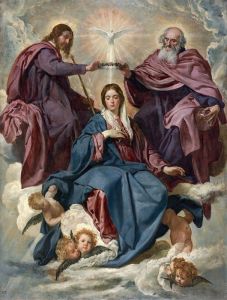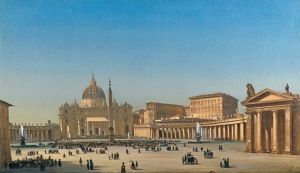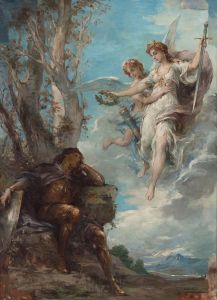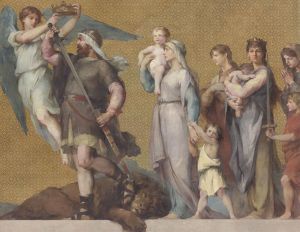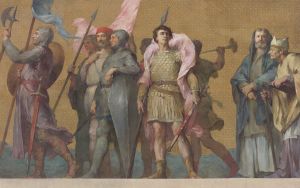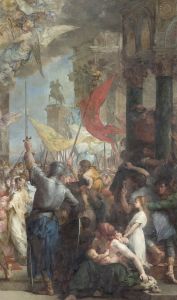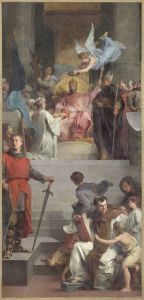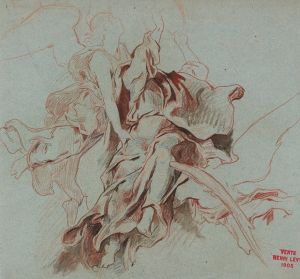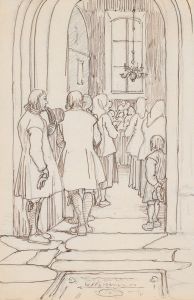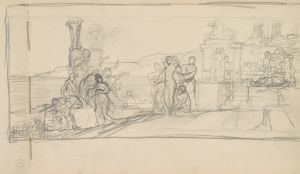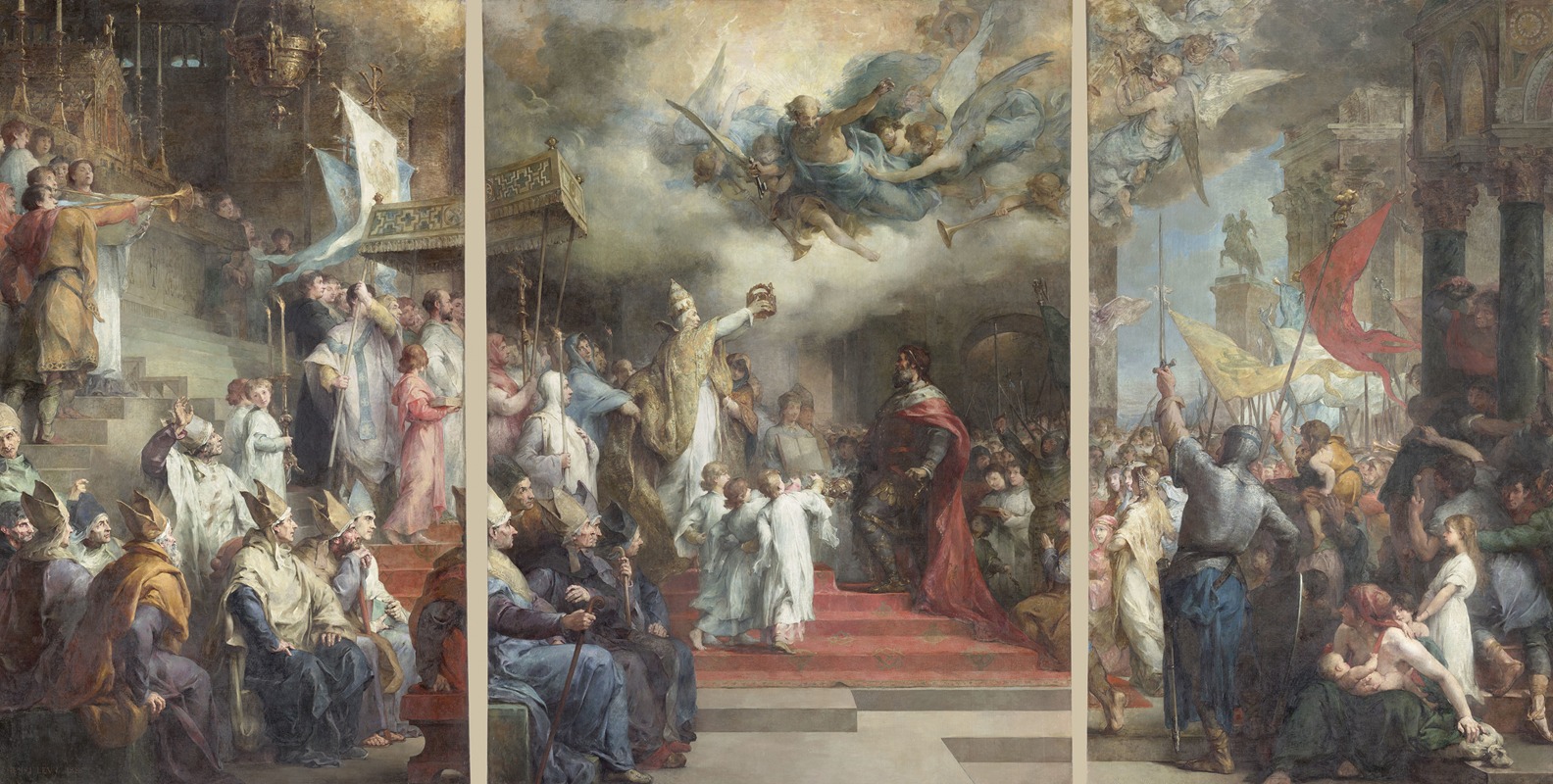
Le Couronnement de Charlemagne
A hand-painted replica of Henri Leopold Lévy’s masterpiece Le Couronnement de Charlemagne, meticulously crafted by professional artists to capture the true essence of the original. Each piece is created with museum-quality canvas and rare mineral pigments, carefully painted by experienced artists with delicate brushstrokes and rich, layered colors to perfectly recreate the texture of the original artwork. Unlike machine-printed reproductions, this hand-painted version brings the painting to life, infused with the artist’s emotions and skill in every stroke. Whether for personal collection or home decoration, it instantly elevates the artistic atmosphere of any space.
Henri Léopold Lévy was a French painter known for his historical and religious compositions. One of his notable works is "Le Couronnement de Charlemagne" (The Coronation of Charlemagne), which captures the momentous event of Charlemagne's coronation as Emperor of the Romans. This painting is a representation of a significant historical event that took place on December 25, 800 AD, when Charlemagne was crowned by Pope Leo III at St. Peter's Basilica in Rome.
The painting reflects Lévy's academic style, characterized by meticulous attention to detail and a focus on historical accuracy. Lévy, like many artists of his time, was influenced by the academic traditions that emphasized the importance of historical and religious subjects. His work often depicted grand historical narratives, and "Le Couronnement de Charlemagne" is no exception.
In this painting, Lévy captures the solemnity and grandeur of the coronation ceremony. Charlemagne is depicted in the center, adorned in imperial regalia, symbolizing his new status as Emperor. The composition likely includes figures such as Pope Leo III, who played a crucial role in the coronation, as well as other dignitaries and clergy who would have been present at the event. The setting of the painting, presumably the interior of St. Peter's Basilica, would be rendered with architectural precision, reflecting Lévy's attention to historical detail.
The coronation of Charlemagne was a pivotal moment in European history, marking the revival of the Roman Empire in the West and the beginning of what would later be known as the Holy Roman Empire. This event had profound implications for the relationship between the papacy and the monarchy, as well as for the political landscape of medieval Europe. By choosing this subject, Lévy not only highlights a key historical event but also explores themes of power, legitimacy, and the divine right of kings.
Lévy's work is part of a broader 19th-century trend where artists revisited historical and religious themes, often imbuing them with contemporary relevance. His paintings are characterized by their dramatic compositions and rich color palettes, which serve to enhance the narrative and emotional impact of the scenes depicted.
While specific details about the painting "Le Couronnement de Charlemagne" such as its current location, size, or the year it was completed are not readily available, Lévy's oeuvre remains significant for its contribution to the academic art tradition and its exploration of historical themes. His works are appreciated for their ability to convey complex historical narratives with clarity and artistic skill.
In summary, Henri Lévy's "Le Couronnement de Charlemagne" is a testament to the artist's dedication to historical accuracy and his ability to bring to life significant moments from the past. Through his detailed and dramatic portrayal of Charlemagne's coronation, Lévy not only captures a pivotal historical event but also reflects the broader artistic and cultural trends of his time.





